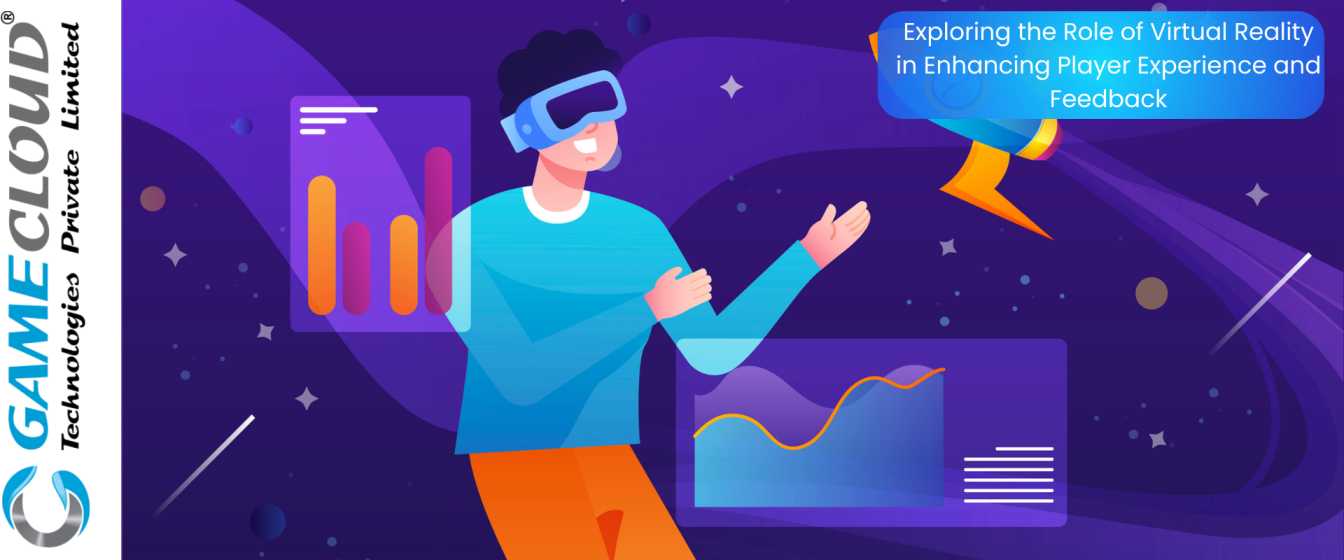
The gaming industry is evolving rapidly, with immersive technologies like VR becoming more prominent. By the end of 2024, the global video gaming industry is projected to reach $256.97 billion, driven by the growing interest in digital interaction and immersive experiences. VR is leading this transformation, offering players unparalleled realism and engagement. Recent advancements in VR headsets, such as higher resolution and improved motion tracking, are making these experiences even more lifelike.
The popularity of VR is increasing due to its ability to create realistic environments, enhance player feedback, and provide dynamic experiences. With an estimated compound annual growth rate of 28.1%, the VR gaming market is set to expand significantly, reaching a value of $65.5 billion by 2030. This growth is being fueled by innovations in haptic feedback devices and the convergence of VR with cloud gaming and 5G technology. As the industry continues to embrace VR, it is redefining how players interact with games and experience digital worlds.
Immersive Player Experiences with Virtual Reality
VR creates a deeply immersive environment by engaging multiple senses—visual, auditory, and physical. The combination of high-quality graphics, spatial audio, and haptic feedback tricks the brain into believing the virtual world is real. A key aspect of immersion is the use of HMDs with stereoscopic visuals, creating depth and a sense of presence within the game. This allows players to experience and interact with the digital world in a more natural way, heightening the realism of gameplay mechanics and narrative events.
For instance, while exploring a virtual forest, players see foliage and hear birds chirping from specific directions, as if they were physically present in that environment. The sound changes as the player moves, reinforcing the sense of location and space. Haptic feedback further deepens immersion by providing tactile sensations when touching or manipulating virtual objects.
This multi-sensory approach to interaction in VR transforms how players experience and engage with gameplay, making it feel much more personal and realistic.
Transforming Player Feedback Mechanisms through VR
VR provides new dimensions for player feedback, making interactions more immersive and responsive. With real-time haptic feedback, motion sensing, and eye-tracking technologies, players can feel a heightened sense of presence in the virtual world. These features allow players to receive instantaneous tactile responses from the game environment, such as vibrations or force feedback when interacting with virtual objects, enhancing both gameplay mechanics and realism.
Developers can also use VR to gather more accurate player data. Eye-tracking, for instance, can reveal where a player’s attention is focused, providing insights into level design and user engagement. Meanwhile, motion sensors can track body movements, helping refine avatar interactions and animations. The combination of these feedback mechanisms makes VR an effective tool for studying player behavior and adjusting game elements accordingly, leading to a more personalized and engaging experience.
Level Up Your Gaming: Connect, Test, and Earn with GamerThrong!
At GamerThrong, we are committed to creating a platform where passionate gamers can test and play games while earning rewards. We connect game developers with a community of gamers who provide valuable feedback on PC, mobile, and VR games, helping shape the future of the gaming industry. Our members get the unique opportunity to participate in game testing, share their experiences, and receive bonuses, virtual items, and cash rewards. We aim to foster a collaborative environment that benefits both developers and players.
Conclusion
Virtual Reality is revolutionizing gaming by providing unparalleled immersion and more effective feedback mechanisms through real-time responses and sensory engagement. As VR technology continues to advance, its integration in game development holds promising potential to elevate gaming experiences, paving the way for a more interactive and immersive future.
For Know More Contact-Now
FAQ: Exploring the Role of Virtual Reality in Enhancing Player Experience and Feedback
1. How is virtual reality (VR) transforming the gaming industry?
Virtual reality is revolutionizing the gaming industry by providing immersive experiences that engage multiple senses, including sight, sound, and touch. Recent advancements in VR technology, such as improved graphics, motion tracking, and haptic feedback, enable players to interact with digital environments in a more lifelike manner. This transformation is driving growth in the gaming market, projected to reach $256.97 billion by the end of 2024.
2. What are the key features of VR that enhance player experience?
VR enhances player experience through high-quality graphics, spatial audio, and haptic feedback, which create a deeply immersive environment. These features allow players to feel as if they are truly present in the game world. For example, players can see and hear elements from specific directions, and haptic feedback provides tactile sensations when interacting with virtual objects, making gameplay feel more realistic and engaging.
3. How does VR improve the process of gathering player feedback?
VR provides innovative mechanisms for gathering player feedback by incorporating technologies like eye-tracking and motion sensing. Eye-tracking reveals where players focus their attention, offering insights into level design and engagement, while motion sensors track body movements to refine avatar interactions. This data helps developers understand player behavior and preferences, enabling them to make adjustments for a more personalized gaming experience.
4. What role does GamerThrong play in the VR gaming landscape?
GamerThrong connects passionate gamers with game developers, allowing them to test and play unreleased VR games while providing valuable feedback. Members of GamerThrong have the opportunity to earn rewards, such as virtual items and cash, while participating in the game development process. This collaborative platform aims to enhance both player experiences and game quality by fostering strong relationships between gamers and developers.
5. What future developments can we expect in the VR gaming market?
The VR gaming market is expected to experience significant growth, projected to reach $65.5 billion by 2030, driven by advancements in technology such as haptic devices and the integration of VR with cloud gaming and 5G. As VR continues to evolve, we can anticipate more sophisticated gameplay mechanics, improved user interfaces, and even greater immersion, ultimately redefining how players interact with digital worlds.
